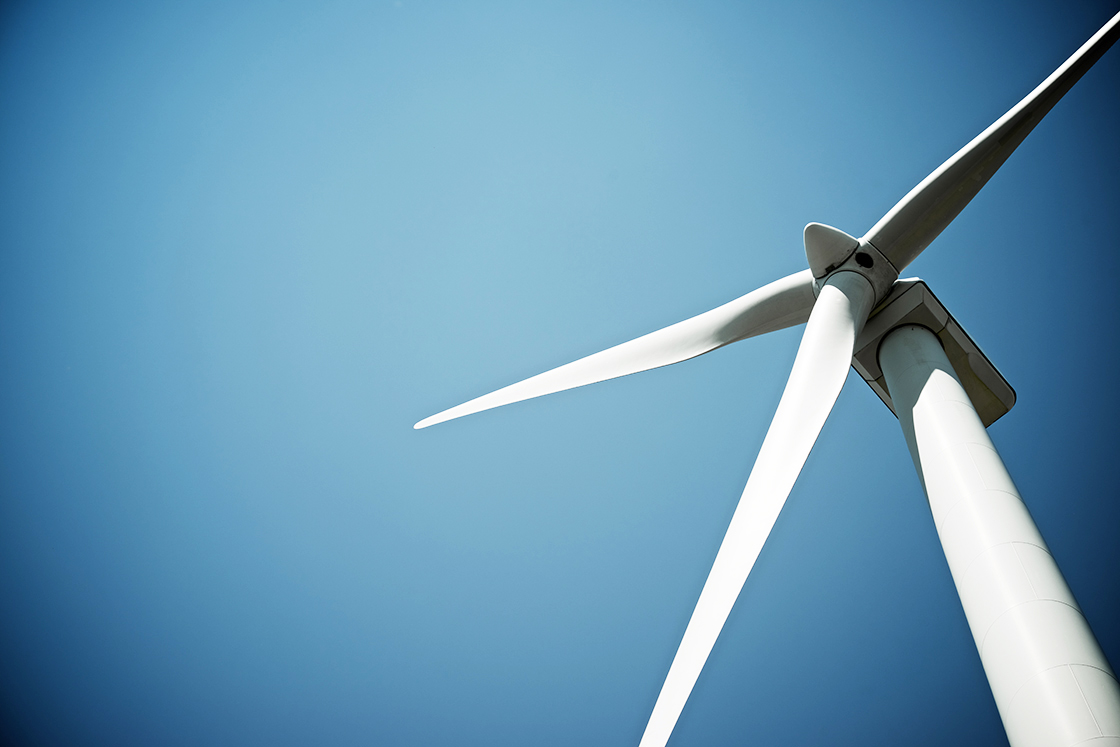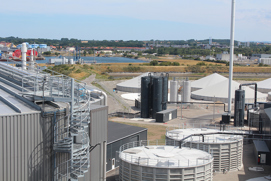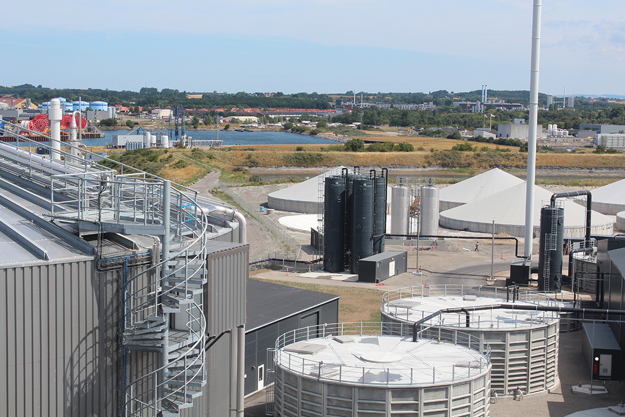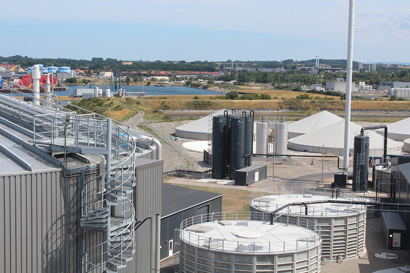
Energy transition and hybridization
Steadily, and quite quickly, the world is diversifying its primary sources of energy. The fossil share of the world’s primary energy mix will decline from its current level of 81% to 52% by 2050. However, as the demand for energy continues to increase, it has become essential to transition towards more sustainable, renewable sources of energy. By 2050, it is expected that well over 80% of electricity will be generated by renewable sources.
Danfoss is at the forefront of developing innovative and sustainable technologies for energy generation and distribution, and for increasing efficiency in energy consumption.
Rapid decentralization
The increasing influence of renewables means that the energy system is rapidly evolving to accommodate decentralization. The advance of wind and solar energy has already revolutionized electrical distribution in many parts of the globe. Central thermal power stations are rapidly being replaced with decentral combined heat and power (CHP) plants fired by gas, biomass and waste – combined with solar heating, heat pumps and geothermal energy.
The pumps, conveyors, fans and compressors in CHP plants rely heavily on AC drives for reliable and energy-efficient operation. And renewables such as solar and wind power rely on power conversion and storage solutions.
Energy storage applications
In order to maintain the efficient flow of power, energy providers are focusing on balancing supply and demand. This is where energy storage solutions come into play.
District heating and cooling plants are taking advantage of thermal energy storage applications. Danfoss AC drives are essential in the process of converting surplus energy from renewable sources, for example wind power, to thermal energy using a heat pump.
Small pumped hydro systems offer low-cost decentral storage capacity, particularly in mountainous regions. Water is pumped into the mountains when there is surplus electric power, and brought back as hydro power when needed. Pumps and turbines are often controlled by AC drives to optimize round-trip efficiency. And active front end (micro grid) AC drives feed the regenerative energy back to the grid.
Battery energy storage systems maximize power generation from renewables and stabilize load on the grid. They are already, and will become even more, vital in local power generation, home energy consumption, business and industrial energy consumption and in the charging of electric vehicles.
Danfoss provides the innovations necessary to create electrical and thermal energy storage capabilities with supermarkets. These solutions will enable supermarket systems to go beyond normal waste heat recovery and become decentralized heat producers that can export excess heat to connected thermal networks. As supermarket refrigeration systems are dimensioned for ‘the hottest day in a ten-year period’, the normal refrigeration system has substantial surplus capacity – up to 70% of which can be utilized to supplement external energy systems.
Reliability in wind power
The general trend towards larger wind turbines at remote sites, often offshore, places new demands on the turbine equipment and sets new standards for maintenance during the turbine life cycle. Controlling the pressure and temperature in the different systems in the nacelle requires excellent electromagnetic compatibility (EMC) performance, and reliable and accurate measurements at all times.
In order to ensure long and maintenance-free service life, it is imperative to choose nacelle components that are designed particularly for use in heavy-duty hydraulic applications and protected by acid-resistant stainless steel (AISI 316) casings to avoid corrosion in marine environments.
At first glance, pressure and temperature sensors and switches may seem small and inconsequential when compared to the impressive structures of the wind turbines. Nevertheless, failure of even the smallest sensor is likely to bring the turbine to a halt, resulting in costly downtime, expensive maintenance and lost revenue. It is therefore important to be extremely careful in selecting the right components for the vital applications of the wind turbines; components that fulfill the requirements for extreme accuracy during daily operation and durability over time and often in harsh environments.
Learn more about Danfoss solutions in energy generation and distribution:
Case studies
-
if (isSmallPicture) {


 Full-scale biogas plant in Kalundborg ensures the return of all nutrients back to nature
Full-scale biogas plant in Kalundborg ensures the return of all nutrients back to natureAC drives from Danfoss help convert biomass from insulin and enzyme production to energy.



